8 Reasons Why Your Garden May Be Struggling
The ultimate goal of every gardener is to have an abundant crop of fresh fruits and vegetables at the end of the growing season. However, you may have recently run into some trouble that’s quickly ruining those dreams. In fact, there may be more than one issue that your vegetable garden is dealing with and why you’re not having the success that you desire. This can be very frustrating, especially after all the time you’ve spent out in your garden. Fortunately, all hope is not lost! These are 8 reasons why your garden may be struggling, along with what you can do to resolve it. This comprehensive guide will walk you through some of the personal experiences I’ve had with my garden over the years. These ideas are based on gardens I’ve had in different locations, different soil types, and with different plant varieties. This is where I buy my garden seeds: SeedsNow
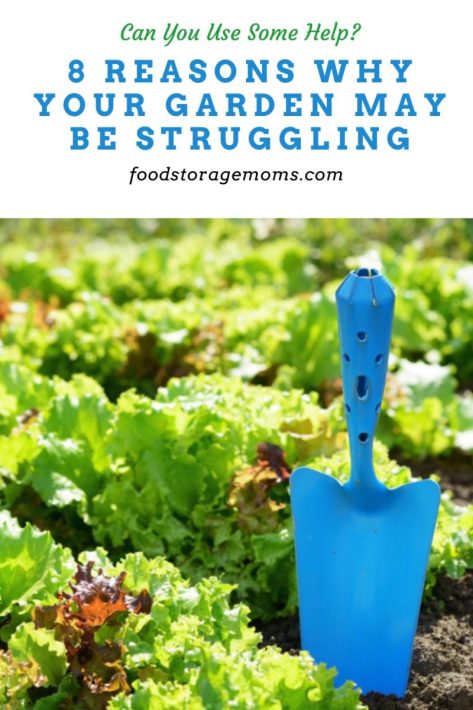
8 Reasons Why Your Garden May Be Struggling
1. Sunlight
Are your plants receiving enough sun throughout the day? If your plants aren’t growing to what you feel are their full potential, lack of sunlight might be the key issue. The average garden plant needs roughly 6 to 8 hours of full sunlight each day. If that isn’t happening, I’d recommend that you relocate those plants that need full sunlight to a more optimal location in your garden. In the future, only plant vegetables that need partial sun in the shaded part of your garden space.
For those of you who live in a hotter climate, your plants may be suffering on the opposite end of the spectrum because of receiving too much direct sunlight. With too much intense heat, even your warm-weather vegetables like tomatoes, peppers, and melons can struggle to grow. You may want to consider having your garden in a partly shady area of your yard. 9 Ways You Can Use Your Yard for Prepping
2. Soil Could be Why Your Garden May Be Struggling
The of three most important factors for your garden’s success, two challenges could be the soil and the sunlight. The third is water, which we’ll discuss next. If your struggling plants are receiving plenty of sunshine, the lack of nutrients in the soil may be the problem. This can be the case even if you’ve integrated additional organic gardening soil and much when you planted your veggies.
To help get your garden soil healthy and up to snub, consider purchasing fertilizer at your nearest garden center and applying it to your garden to see if that makes a difference. This could be a major reason why your garden may be struggling! 10 Tips to Improve Your Garden Soil
Another option I try to employ is to have a compost pile. I use the composted materials as additives to the soil early in the season as part of my garden preparation. I also add it during the growing season as I see the soil absorb those materials over time.
In Southern Utah, we had clay soils to deal with. Heavy clay has two challenging issues, water and nutrient absorption. Tilling the soil with a tiller or turning it over by hand will loosen the soil so it can be “worked.” That is the time to add fertilizers and mulch which provide the nutrients plants need. It also helps with water retention.
Depending on the plant, you may need to consider adding potassium, phosphorus, nitrogen, magnesium, iron, and ammonium sulfate to help nourish them. Nutrient deficiencies can also be overcome through the use of organic fertilizer you find in the compost you’ve added.
3. Watering
Another reason your garden may be struggling to grow is that you are over or under-watering. Overwatering can lead to blossom end rot, root rot, and fungus, while underwatering will cause the plants to suffer from dehydration. The best way to know how much water your garden needs is to check the soil around each plant. If your garden’s soil appears waterlogged and boggy most days, your plants are receiving too much water, but if your garden’s soil seems sandy and dry, you’ll need to water them more often.
For those of you who live in a hotter region, you may even need to water your plants twice a day with some time in-between waterings so the soil moisture content is higher as it absorbs more water.
Also, when watering, be sure to focus on getting the roots wet and not so much on the leaves and other parts of the plant. This can lead to disease and other issues for your plants. Having a more established garden is a great learning experience! The more years that you garden, the more you’ll figure out watering cycles and scheduling. Water quantity is super important. How to Use Rain Water at Home
4. Variety
I know it can be tempting to plant the same vegetables over and over again in your garden, however, it may be a good idea to mix things up for your plants’ health. Different plants require different conditions and nutrients, so even if all of one type of vegetable is receiving the same amount of sunlight and water, they won’t all receive the same amount of nutrients from the soil. Mixing things up not only keeps things interesting in your garden but also helps you get those essential minerals and vitamins that each plant needs to thrive. Top 10 Healing Plants to Grow
Try to be more creative and plant some vegetable plants that are more unique like beets, spinach, kale, eggplant, cauliflower, brussels sprouts, cabbage, and red radishes. Although you may prefer the old standbys like carrots, cucumbers, squashes, zucchinis, tomato plants, green beans, and broccoli, you’ll still want to rotate them and possibly plant them in a different part of your garden from year to year.
5. Timing Could Be Why Your Garden May Be Struggling
One issue that can sabotage your garden in a hurry is timing. While they may sprout and take off quickly in the beginning, planting vegetables at the wrong time of year could lead to a lack of production or cause your plants to die. It’s very important to research what type of vegetables you want to grow ahead of time and when they should be planted in order for them to thrive.
Check out my series regarding “what to plant in each month” listed below to get a better idea of the timing issues.
6. Irregular Weather Patterns
The weather can also play a role in your garden’s success. High winds, unexpected frosts, and excessive heat waves are all things that can make it difficult for your plants to thrive. You may want to consider learning how to build cold frames or use them as a way of protecting your plants from wild temperature changes. Additionally, you may want to invest in windbreaks or windscreens if you live in an area that experiences high winds from time to time. If you’re experiencing a dry spell without any rain, you may need to water more frequently.
7. Insects and Disease
As with any garden, pests and diseases can be a big problem if left unchecked. But you certainly don’t want to use harmful insecticide sprays on your garden because this can cause havoc to your garden’s surrounding ecosystem. You may want to look for ways to keep bugs away from your plants by using natural insecticides when necessary. You’ll want to monitor your plants for signs of disease and take action if needed. Removing dead leaves or unhealthy-looking foliage is often the best course of action. How to Start a Garden
Keep in mind that there are good insects like bees and butterflies. These friendly insects help in the pollination process of your plants so they in fact grow the fruits and veggies you plan to harvest later in the season. If you don’t see them in your garden consider planting some colorful flowers around the garden area to attract them.
8. Every Garden Struggles In the Beginning
If this is your first or second year gardening, understand this! The average garden doesn’t produce to its full potential for the first couple of years. So if you’re discouraged and ready to call it quits because your garden is experiencing underproduction, be patient and keep at it! Continue to rotate your crops, remove rocks when necessary, pull those weeds, and add compost as needed. Building raised beds may be another thing that you could try. By doing so, I promise that your garden will start to have the success you’ve been hoping for all along. 7 Steps to Growing Your Own Survival Garden
Turn the soil several times and add the following amendments, if you need them.
More Tips for Why Your Garden May Be Failing
- Taking care of garden beds can take a toll on your mental health. So, make sure you’re in the right place mentally before you start doing all the physical activity required in a new garden.
- The first step to having a small garden is to make sure you have the environment to have healthy plants! Impressive gardens were once planted by someone who didn’t have a lot of experience.
- Poor soil can be another reason you have a poor garden. You can always replace your current soil with new soil if you find that it’s not really the best option for producing a garden. Soil problems are a real thing and sometimes the best choice is to replace it!
- Every season will bring a different season of planting. Each plant species and individual plant will need to be studied before you create beautiful gardens. Not everything is going to grow where you are! This is where I buy my garden seeds: SeedsNow
How I store my garden seeds:
Plastic Photo Container and Label Maker
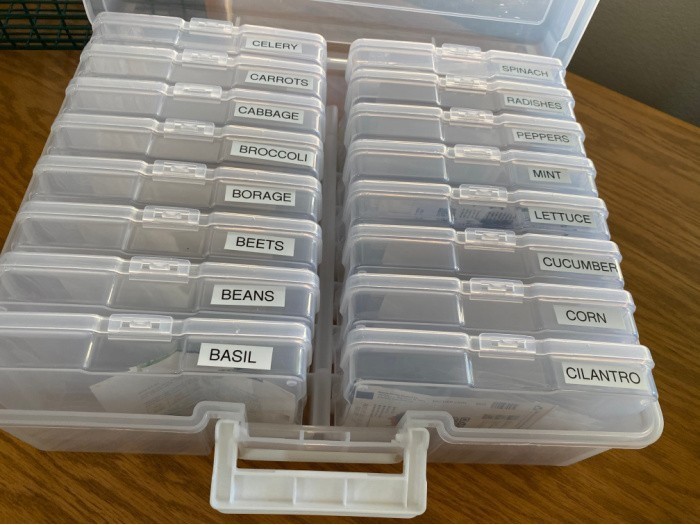
More Gardening Tips
- 10 Great Reasons To Try Raised Bed Gardening
- Top Gardening Tips for Growing Tomatoes
- 12 Budget-Friendly Beautiful Garden Tips
- 13 of the Best Gardening Tips Ever
What to Plant Each Month
- What to Plant in January
- What To Plant In February
- What To Plant In March
- What To Plant In April
- What To Plant In May
- What To Plant In June
- What To Plant in July
- What To Plant in August
- What to Plant In September
- What To Plant In October
Final Word
By understanding all the possible issues why your garden may be struggling, you can help find solutions that will bring it back to health in no time! So, don’t give up hope on those poor wilting vegetables even though you may be extremely discouraged. Assess the situation and make the necessary changes to get them growing again. Also, don’t be afraid to get some guidance from your local nursery. It may be necessary to bring in a plant that’s looking sickly so they can determine the problem.
For my fellow expert gardeners out there, what are some other ways to help improve the garden to get it to thrive? Give me your ideas so I can share them with my other readers. May God Bless this World, Linda
Copyright Images: Blue Shovel and Lettuce Depositphotos_39766513_S

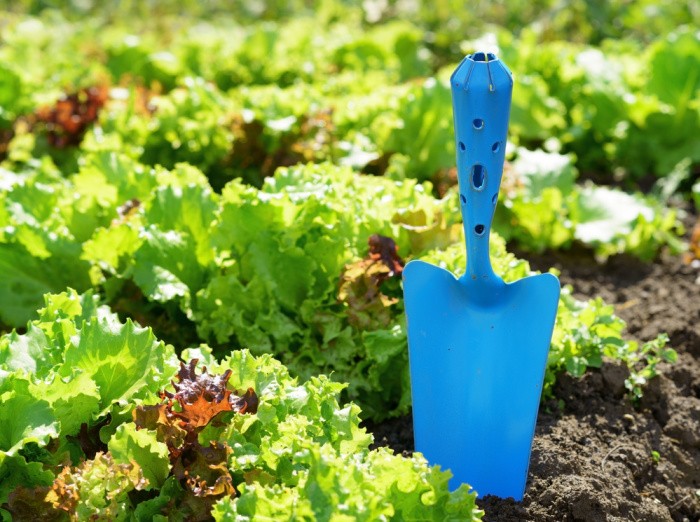

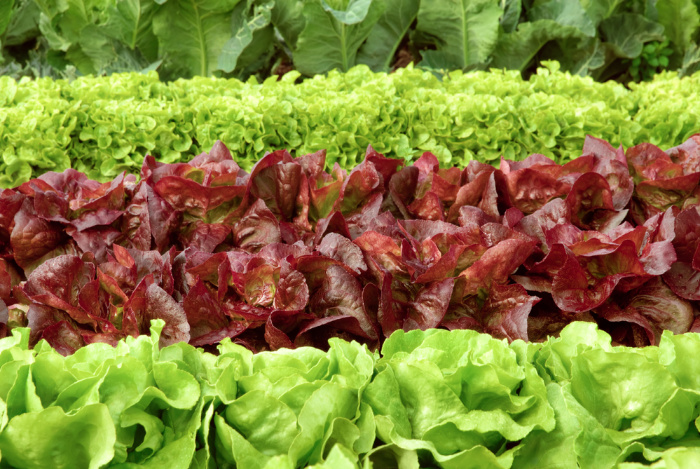
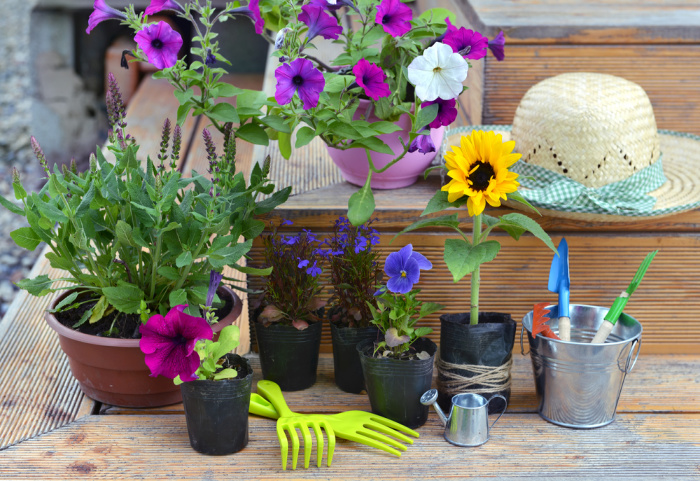
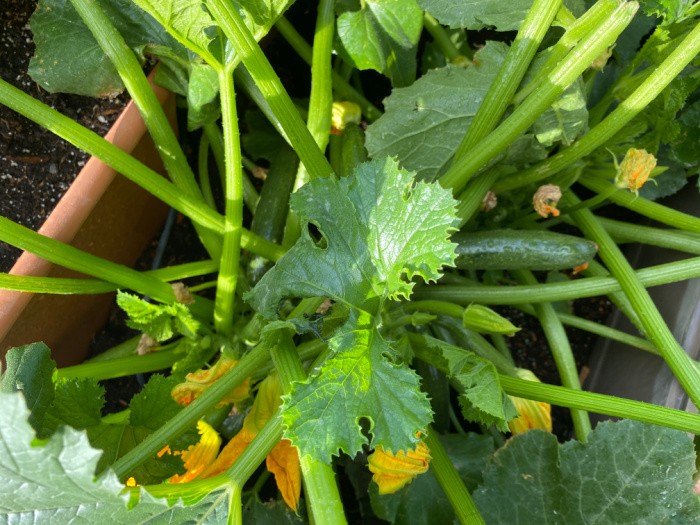
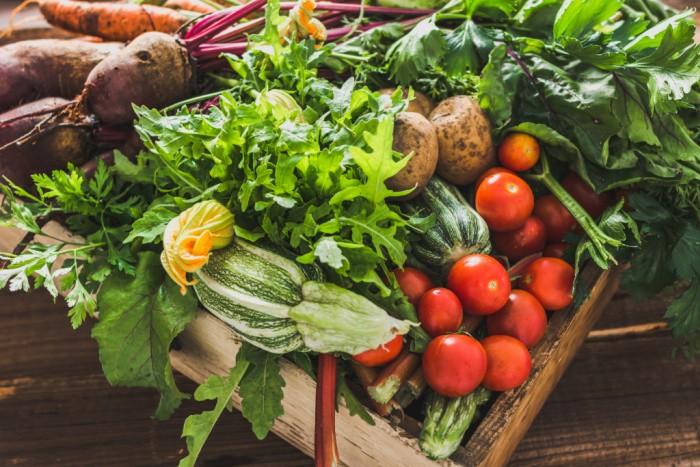
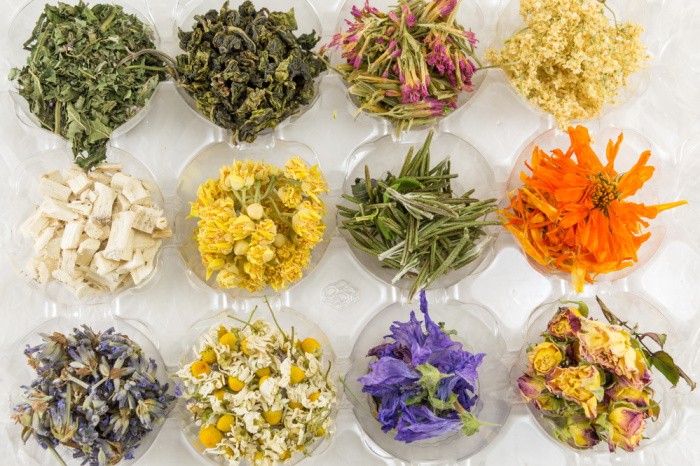
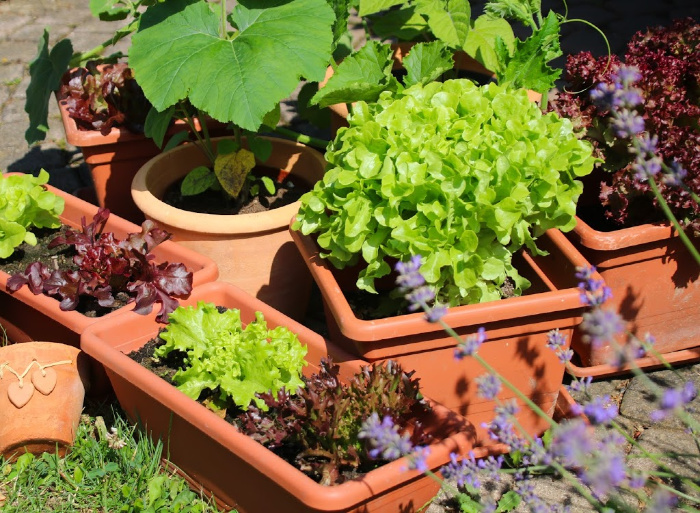
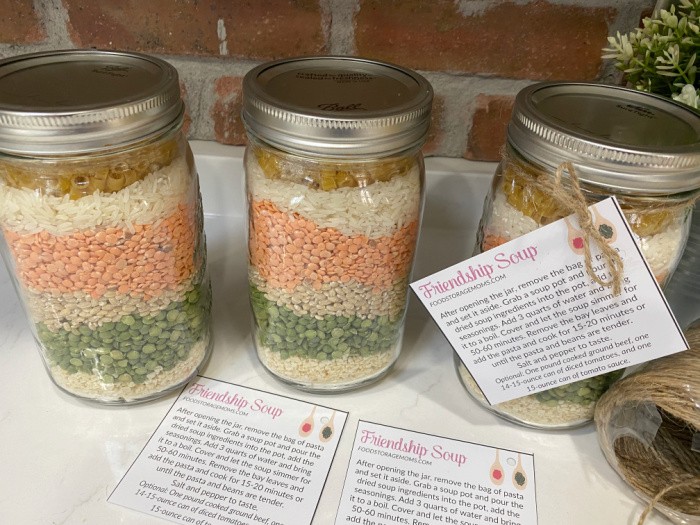
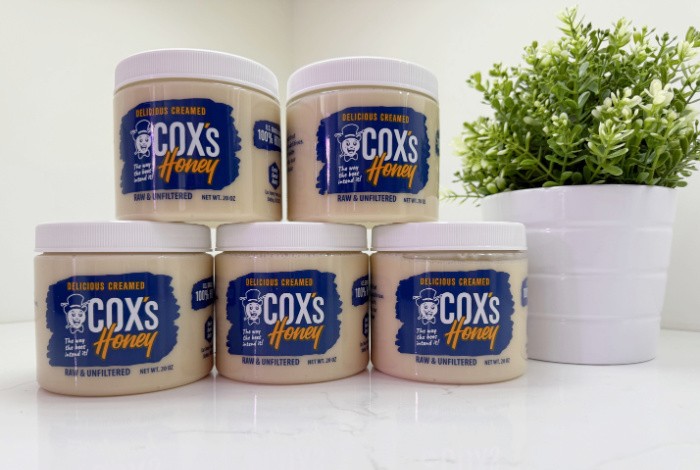
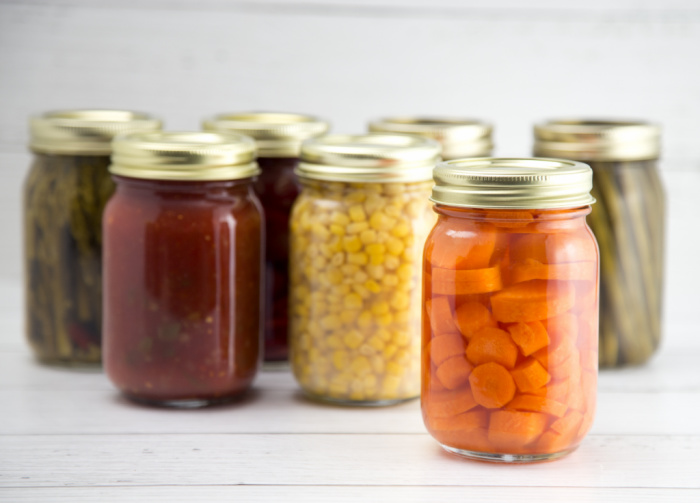
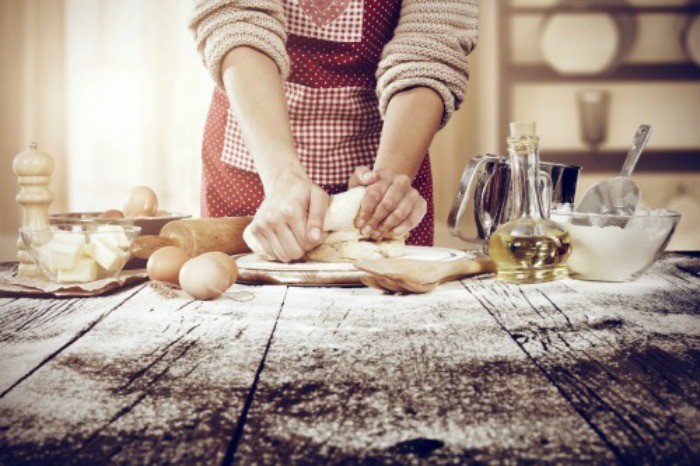

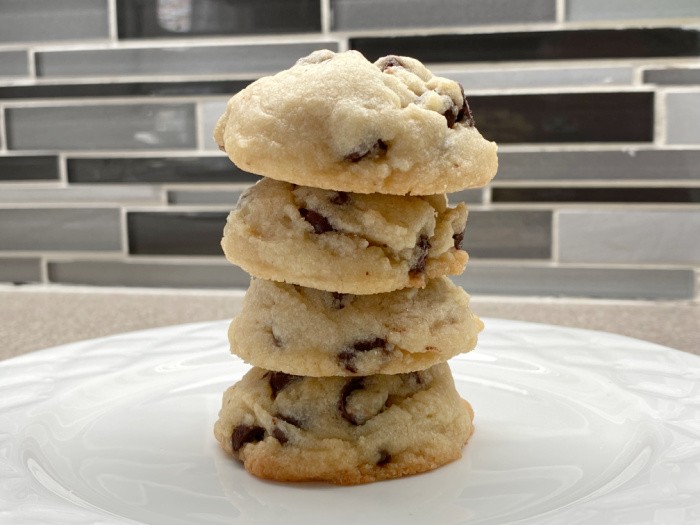

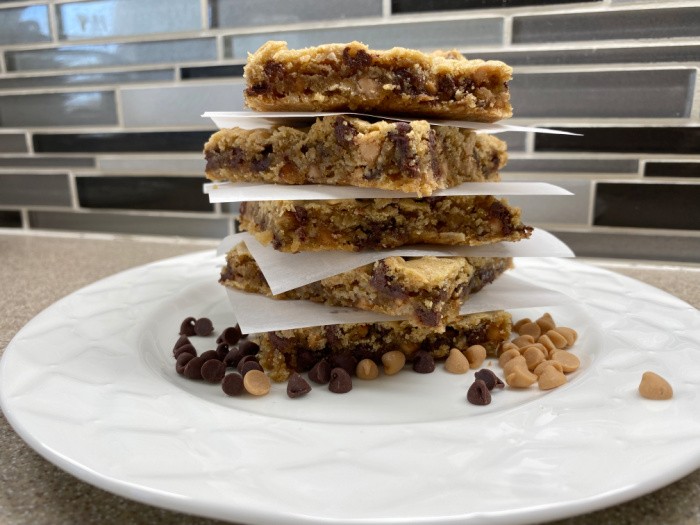
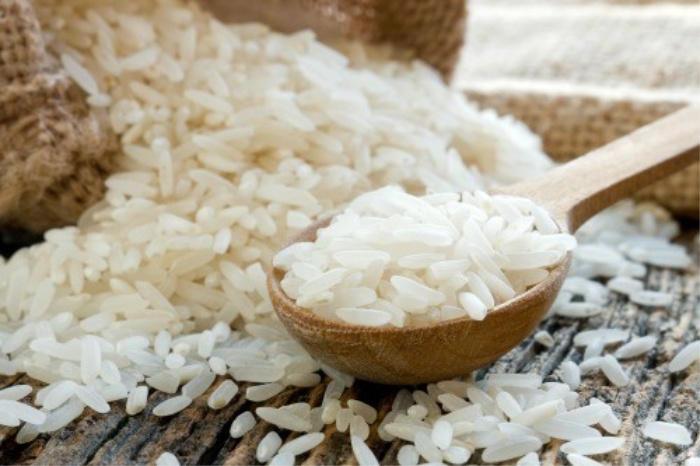
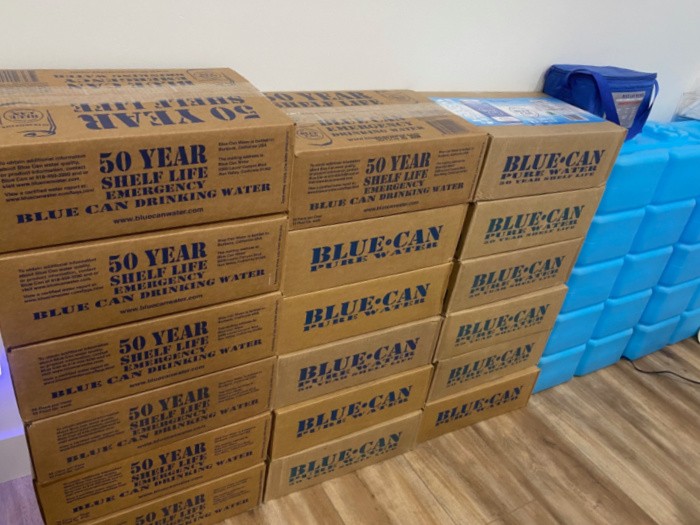
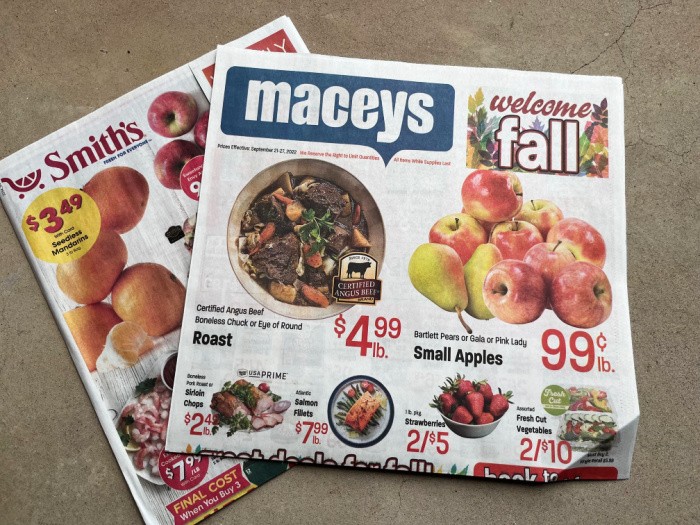
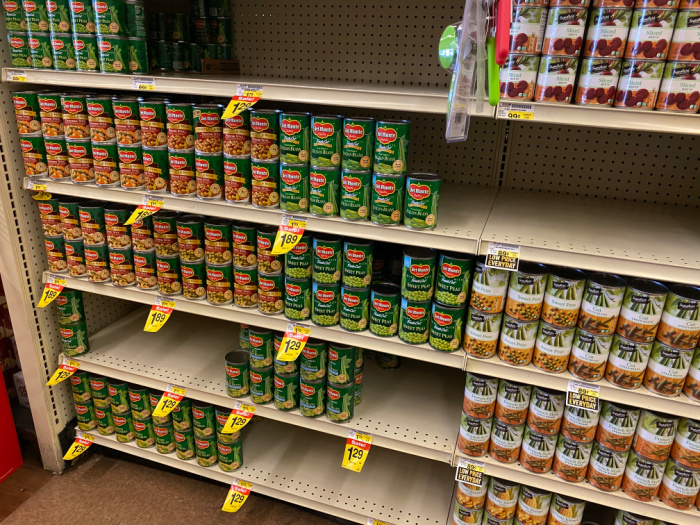

Linda,
IF the pH balance of your soil is off, it doesn’t matter how nutrient rich your soil is–your plants won’t be able to utilize those nutrients. So, check your pH and amend your soil as needed to get it healthy. Most veggies like a pH between 6.3 and 6.8.
And Happy Mother’s Day to all you mom’s out there.
HI Ray, thank you, Happy Mother’s Day to all the mom’s out there. You are so right we have to have the ph accurate or we will have trouble growing veggies. Thank you, Linda